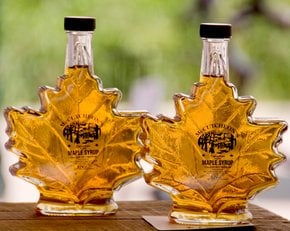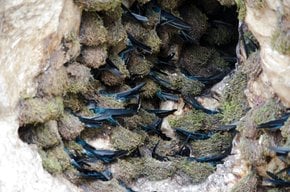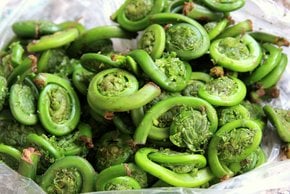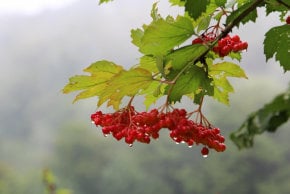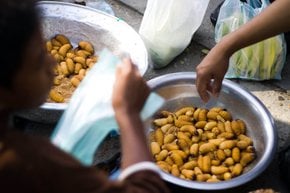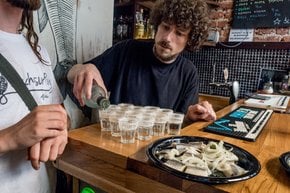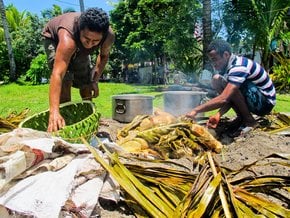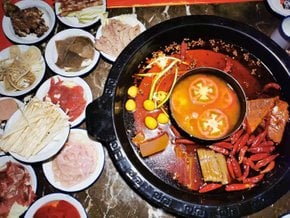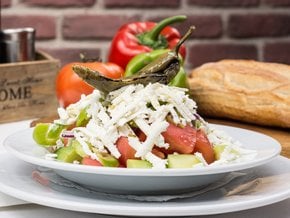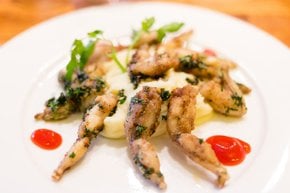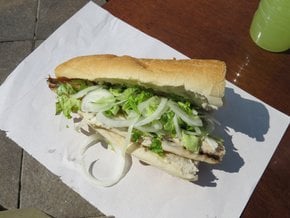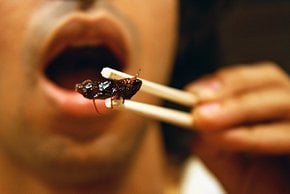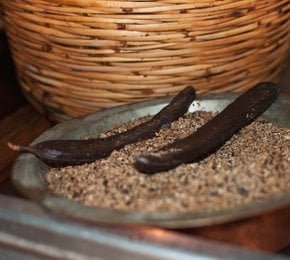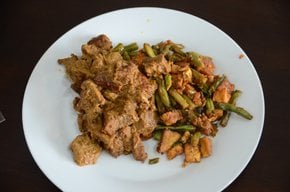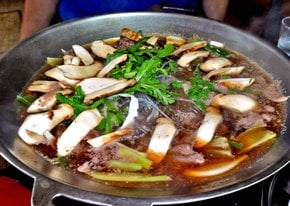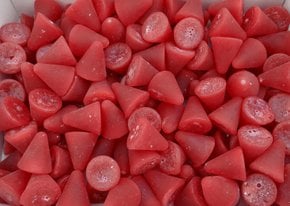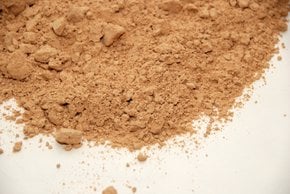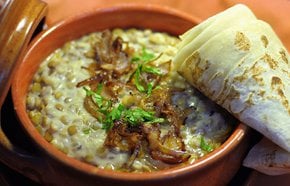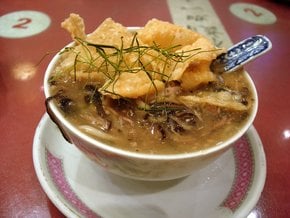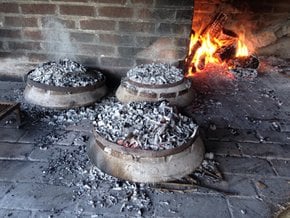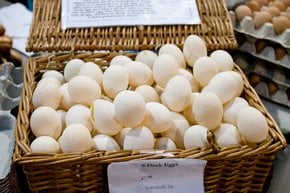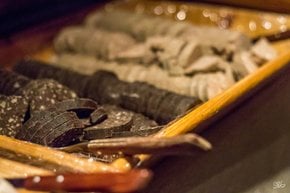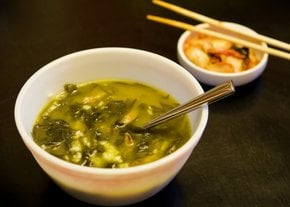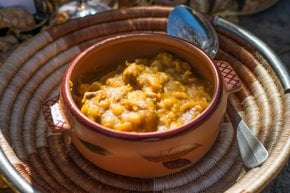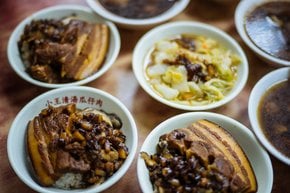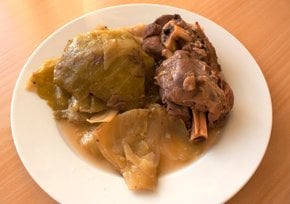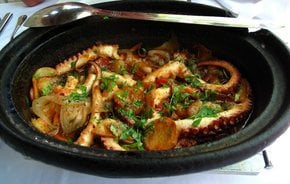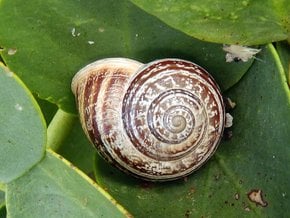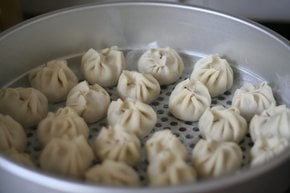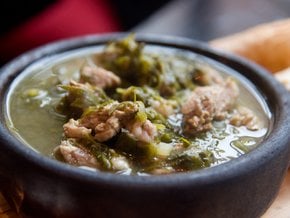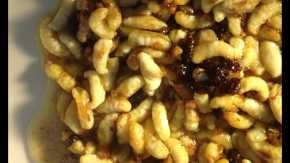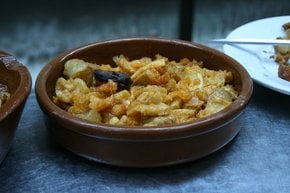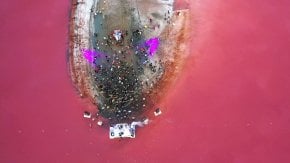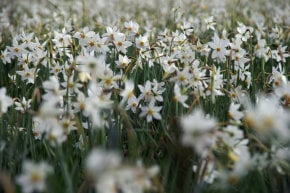Khrin, Buriachky, or Tsvikli in Ukraine 2026
Pungent to tears, this seasonal side dish is a perfect accompaniment to meat goodies during Christmas and Easter holidays
Best time: Christmas: January 7–9 | Easter: April
Red beets (beetroot) are a staple ingredient of tons of traditional Ukrainian dishes, eaten throughout the year. But one of the seasonal specialties based on this vegetable is called khrin, which literally means horseradish. This side dish is actually made of hotly pungent horseradish mixed with boiled beets. Alternative names to khrin include buriachky and tsvikli (read more on the difference below).
Best time to eat khrin in Ukraine
This piquant side dish is a must-have during Christmas (January 7–9) and Easter (usually, in April) seasons. Khrin goes perfectly well with sausage, ham, and various meat dishes, especially kholodets (jellied meat). Besides, it's equally delicious with other vegetables, spread on a slice of bread, or even eaten solitary when moderately spicy.
Today, you can also find preserved khrin on the shelves of local supermarkets at any time of year. Yet, this product is not the same as the authentic homemade salad, which is more natural, healthier, and tastier. The right time to look for the homemade version on the farmers' markets is before the onset of Christmas or Easter festivities.
How to make khrin
While grating beets is easy, things get more complicated with tear-provoking horseradish. Thus, often men are in charge of grinding the latter. Proportions differ depending on the cook's taste. Some make a hot variety, blending the veggies one-to-one, while others make a milder type of this side dish. To soften the sharply strong horseradish flavor, which resembles the well-known Wasabi, some people add lemon juice, sugar, or even honey.
What is the difference between khrin, buriachky, and tsvikli
All three names may refer to the same side dish made from beets and horseradish, but there is a difference. With khrin everything is clear. But buriachky, derived from the Ukrainian word buriak (beets), can be applied to other beetroot salads without horseradish, but with walnuts, prunes, and other stuff. Lastly, "tsvikli," a word of Polish origin, is typical in western Ukraine. You can often hear it in Lviv and Halychyna—a historical region on the border with Poland.
Where to stay
Two most popular destinations to experience Ukrainian traditions and foods include Lviv and Kyiv. Explore the best accommodations thereabout featured on the map below.



